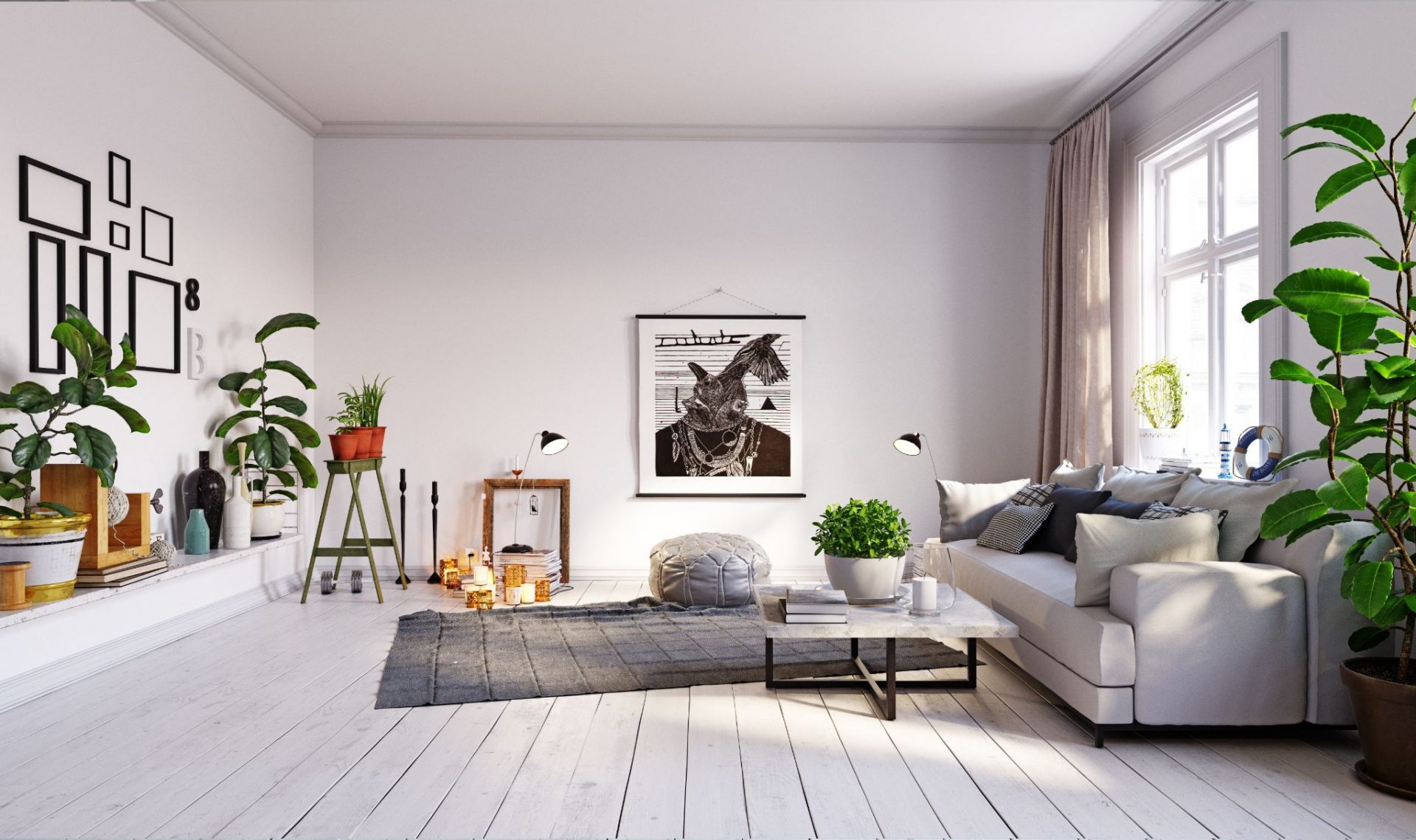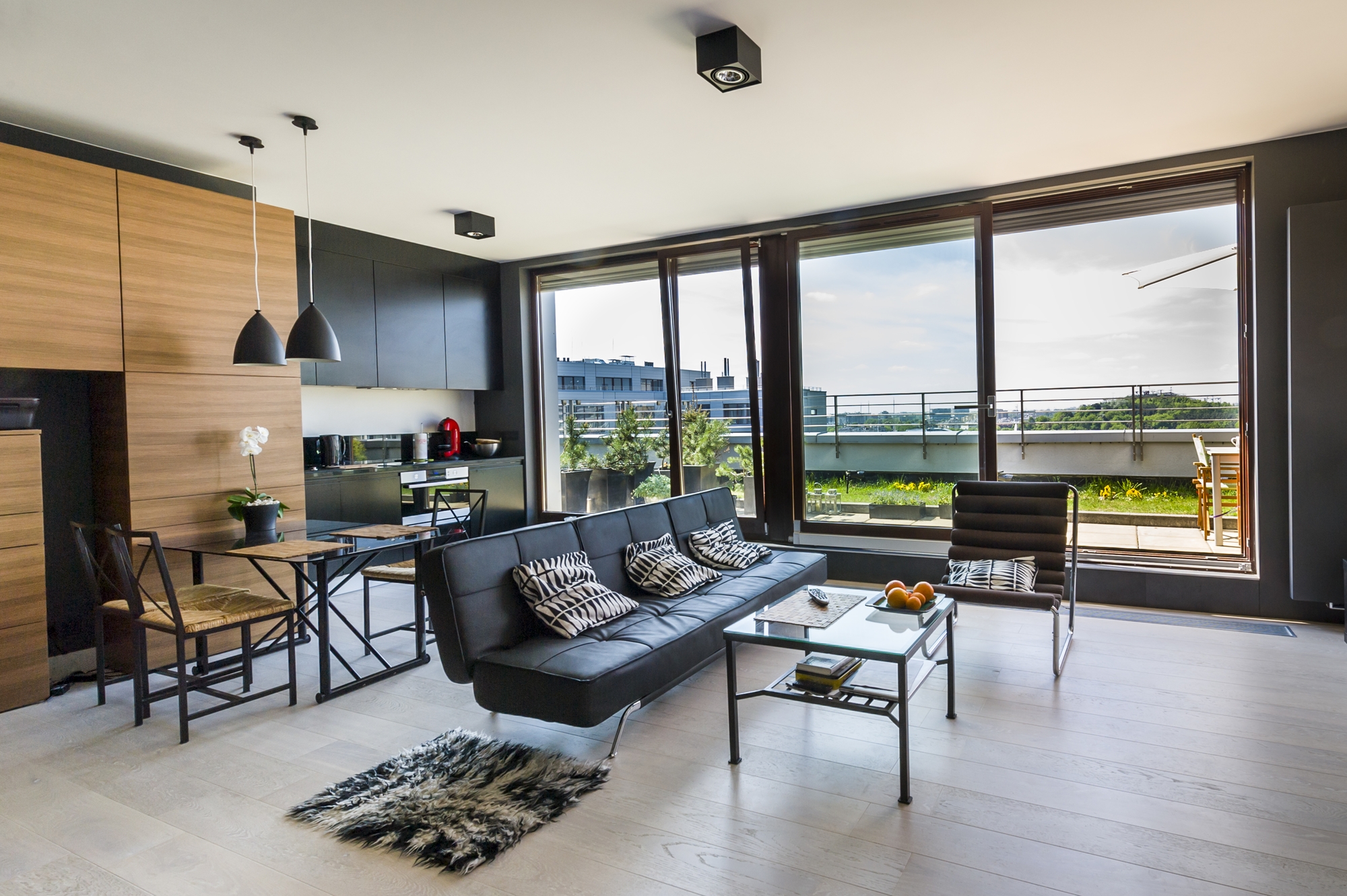Design Styles Overview

Design styles are a set of visual elements that create a cohesive and recognizable look and feel. They encompass everything from typography and color palettes to layout and imagery. Design styles have a profound impact on various industries, including fashion, graphic design, web design, and interior design. They can evoke emotions, convey messages, and shape perceptions.
Design style is subjective, but there are some popular choices like minimalist or maximalist. If you’re looking for something specific, check out hinata wallpaper. It’s a great way to add a touch of anime to your home. Speaking of design style, remember to keep it consistent throughout your home for a cohesive look.
There are numerous design styles, each with its own unique characteristics and applications. Some of the most popular design styles include:
- Modern: Clean lines, simple shapes, and neutral colors. Often used in architecture, furniture design, and web design.
- Traditional: Ornate details, rich colors, and classic motifs. Common in interior design, fashion, and graphic design.
- Minimalist: Focuses on simplicity, functionality, and the absence of unnecessary elements. Used in architecture, product design, and web design.
- Art Deco: Geometric shapes, bold colors, and stylized motifs. Popular in architecture, furniture design, and fashion.
- Scandinavian: Natural materials, light colors, and simple lines. Often used in interior design, furniture design, and fashion.
Design styles evolve over time, reflecting cultural and societal changes. For example, the Art Deco style emerged in the 1920s as a response to the industrialization and urbanization of the time. Similarly, the minimalist style gained popularity in the 1960s as a reaction to the excesses of the previous decades.
Analysis of Design Styles

Design styles are not just about aesthetics; they also encompass functionality and user experience. Each style has its own set of common elements and principles that define it. By understanding these elements, you can effectively apply design styles to specific projects and industries.
Comparing and Contrasting Design Styles
Different design styles have unique aesthetics, functionalities, and user experiences. For example, minimalist design emphasizes simplicity and functionality, while maximalist design embraces bold colors and patterns. It’s crucial to consider the target audience and the project’s purpose when selecting a design style.
Effective Application of Design Styles
Design styles can be effectively applied to various projects and industries. For instance, minimalist design works well for websites and apps that prioritize clarity and ease of use. In contrast, maximalist design is suitable for creative industries such as fashion and entertainment. By aligning the design style with the project’s objectives, you can create visually appealing and user-friendly experiences.
Design Style Guide Creation
/GettyImages-494358447-59a2b77ad963ac00116b7e36.jpg)
Yo, waddup? It’s your boy, Raditya Dika, here to drop some knowledge bombs on design style guides. These bad boys are like the secret sauce that keeps your brand looking fly and consistent across all your marketing materials.
First off, why do you need a design style guide? Think of it like a roadmap for your design team. It Artikels all the rules and guidelines they need to follow to make sure everything you put out there looks like it came from the same awesome brand.
So, how do you make one of these style guides? Here’s a step-by-step guide for you:
1. Define your brand identity. What are the core values and personality of your brand? This will help you set the tone for the rest of the guide.
2. Gather inspiration. Check out other brands that you admire and see how they’ve nailed their design style. This will give you some ideas for your own guide.
3. Create a color palette. Choose a few colors that will be used consistently throughout your branding. These colors should reflect your brand’s personality and values.
4. Establish typography guidelines. Decide on the fonts that you’ll be using for headlines, body text, and other elements. Make sure they’re easy to read and visually appealing.
5. Set up layout guidelines. Determine the margins, spacing, and alignment that will be used in all your designs. This will help create a sense of consistency and order.
6. Include examples. Show your team how to use the style guide by providing examples of well-executed designs. This will help them visualize how the guide should be applied.
7. Distribute and enforce the guide. Make sure everyone on your team has access to the style guide and that they’re following it. This will ensure that your brand’s identity is maintained across all channels.
There you have it, folks! Follow these steps, and you’ll have a design style guide that will keep your brand looking sharp and consistent for years to come. Peace out!
Guys, ever notice how different people have different design styles? It’s like, some people love minimal, while others go all out with the maximalism. But hey, here’s a cool tip: if you want to add some extra pizzazz to your phone, check out live wallpaper.
It’s like having a mini-movie playing on your screen, and it totally transforms the look and feel of your device. Trust me, it’s a game-changer in the design style department.